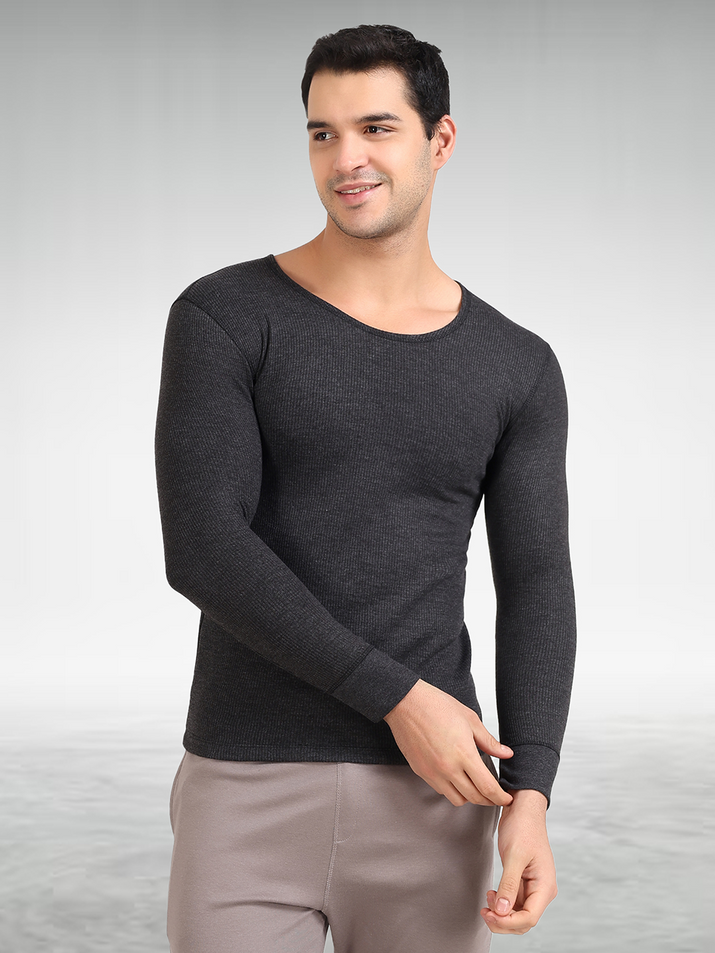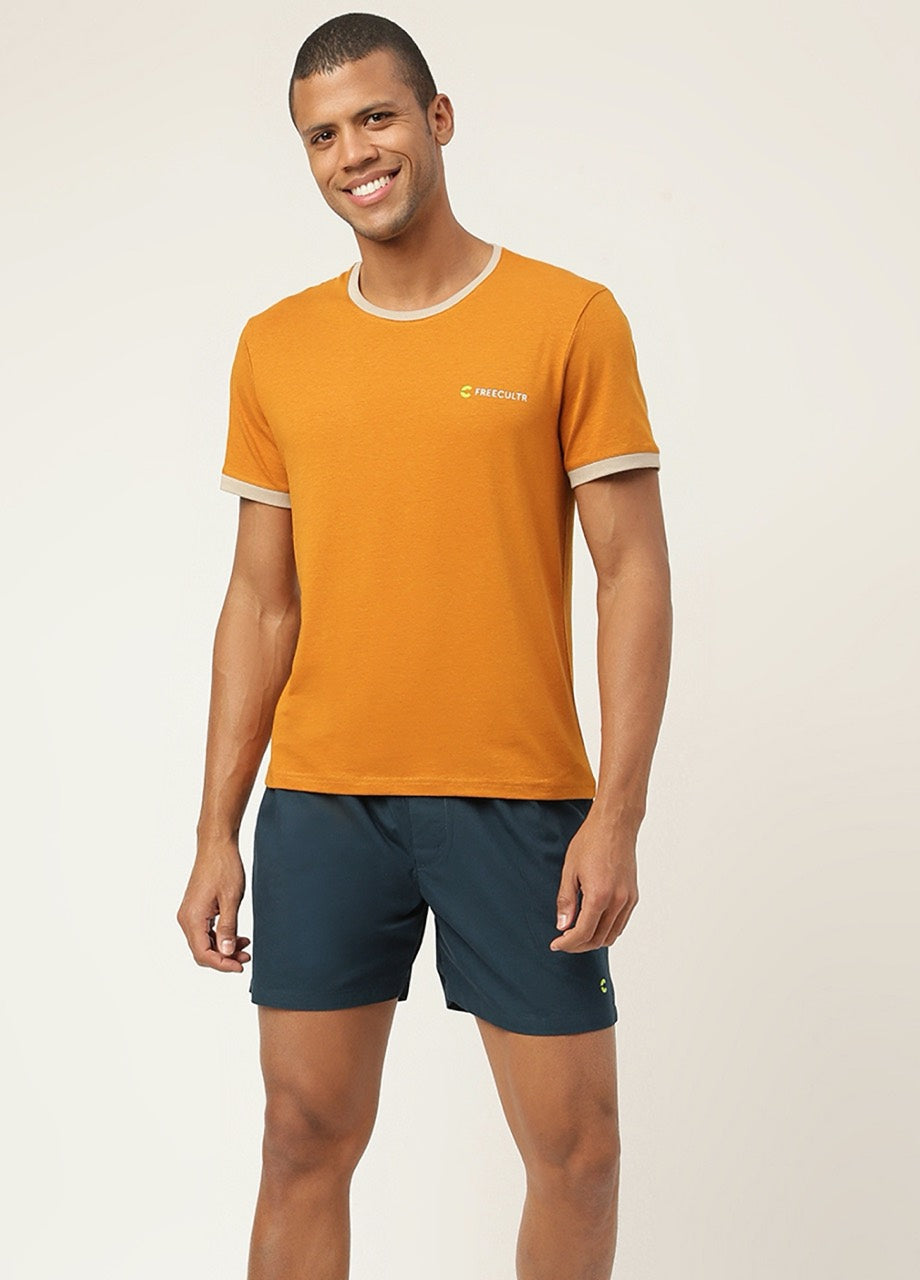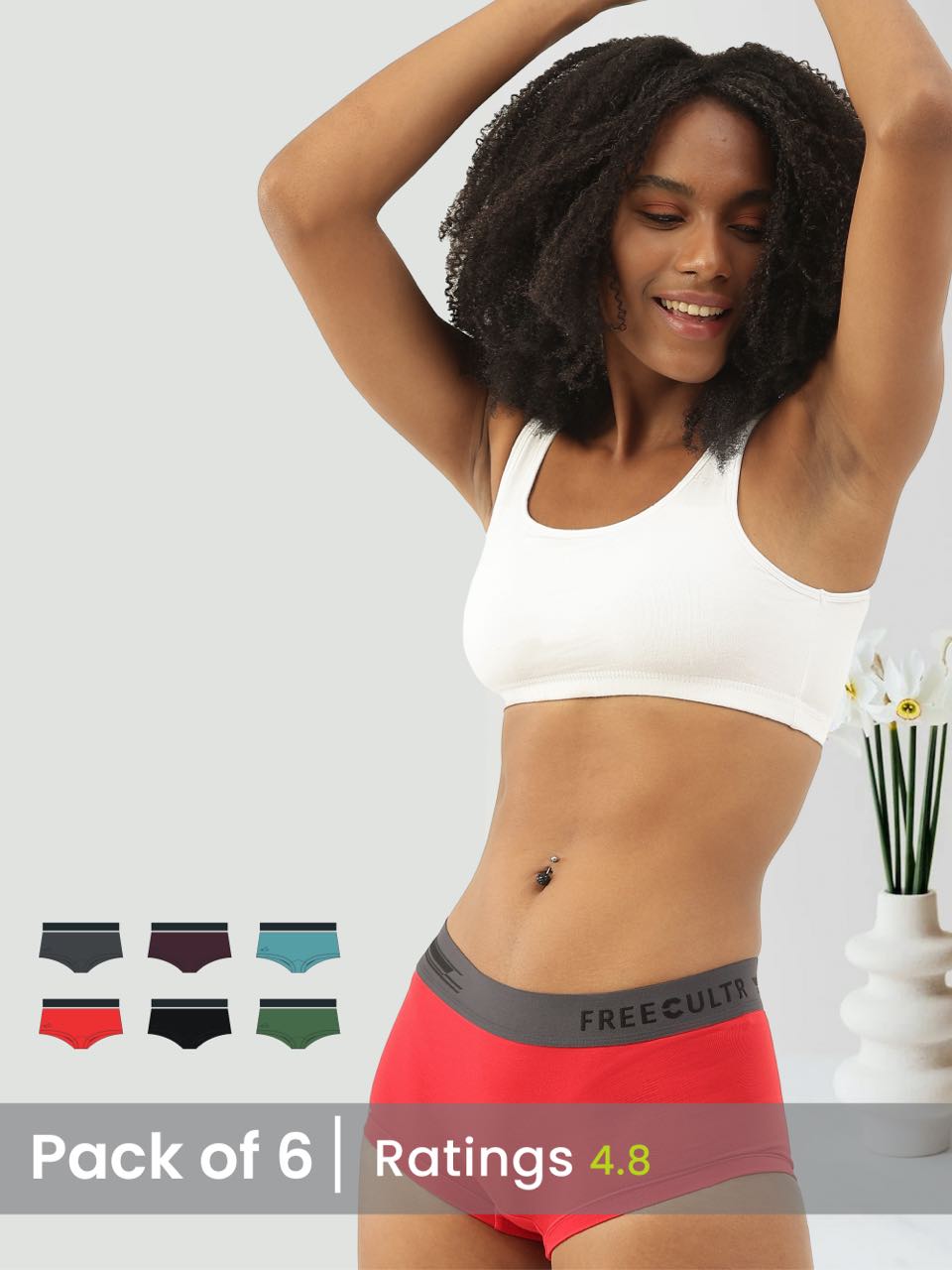Once considered simple arm coverings, modern performance sleeves have evolved into sophisticated technical gear, fundamentally transforming how athletes and outdoor enthusiasts approach protection and optimization. Recent advancements in fabric technology, such as specialized UPF 50+ weaves and graduated compression textiles, offer unparalleled sun protection and enhance muscle recovery, mitigating fatigue during prolonged activity. For instance, cyclists leverage cooling sleeves to regulate body temperature under intense sun, while runners utilize compression sleeves to reduce muscle oscillation and improve blood flow. This integration of advanced material science with ergonomic design reflects a growing trend towards holistic athletic support, making sleeves an indispensable component for peak performance and long-term skin health in demanding environments.

The Evolution and Purpose of Performance Sleeves
Once considered a niche accessory primarily for athletes, performance sleeves have evolved into indispensable gear for a wide array of activities, offering far more than just aesthetic appeal. From the professional sports arena to everyday outdoor enthusiasts, these specialized garments are engineered to enhance comfort, protect the skin. even boost physical performance. Initially, simple arm coverings served basic purposes like warmth or minor abrasion protection. But, advances in textile technology have transformed them into sophisticated tools that leverage scientific principles to deliver tangible benefits.
Today's performance sleeves are designed with specific functionalities in mind, moving beyond mere fabric to incorporate features like graduated compression, advanced moisture-wicking. robust ultraviolet (UV) protection. They represent a fusion of material science and ergonomic design, crafted to meet the rigorous demands of various environments and activities. Whether you're a runner battling the sun, a cyclist seeking aerodynamic efficiency, or simply someone looking for comfortable sun protection during outdoor chores, understanding the multifaceted purpose of these garments reveals their true value.
Unpacking the Science Behind Enhanced Performance
The performance benefits of specialized sleeves are rooted in innovative textile engineering and physiological understanding. Two primary scientific principles contribute significantly to their effectiveness: compression technology and advanced material science.
Compression Technology
Many performance sleeves, particularly those designed for athletic use, incorporate compression technology. This involves fabricating the sleeves with a specific tension that applies controlled pressure to the limbs. The science behind compression is multi-faceted:
- Improved Blood Circulation Graduated compression, which is tighter at the extremities (e. g. , wrist or ankle) and gradually looser towards the heart, helps to promote venous return. This means it aids in pushing deoxygenated blood back to the heart more efficiently, reducing blood pooling in the limbs. Enhanced circulation can deliver more oxygen and nutrients to working muscles and remove metabolic waste products like lactic acid more quickly.
- Reduced Muscle Oscillation During physical activity, muscles vibrate and oscillate, which can lead to micro-trauma and fatigue. Compression sleeves provide external support, dampening these vibrations. This reduction in muscle oscillation can decrease muscle soreness, minimize energy expenditure. potentially lower the risk of injury.
- Faster Recovery By improving blood flow and reducing muscle vibration, compression sleeves are believed to accelerate the recovery process post-exercise. Many athletes report reduced delayed onset muscle soreness (DOMS) when regularly using compression garments.
Material Science
The choice of materials is critical for the functionality of performance sleeves. Modern sleeves typically utilize synthetic blends engineered for specific properties:
- Moisture-Wicking Fabrics often incorporate hydrophobic fibers (like polyester or nylon) that draw sweat away from the skin to the outer surface of the fabric, where it can evaporate quickly. This process, known as capillary action, helps keep the wearer dry and comfortable, preventing chafing and maintaining optimal body temperature.
- Breathability Lightweight and porous weaves allow air to circulate, preventing heat buildup. This is crucial for comfort, especially in warm climates or during intense activity.
- Stretch and Recovery Spandex (or elastane/Lycra) is commonly blended with other fibers to provide elasticity. This ensures the sleeves offer a snug, supportive fit without restricting movement. helps them retain their shape even after repeated use and washing.
- Durability Materials are often chosen for their resistance to abrasion, pilling. stretching, ensuring the sleeves withstand the rigors of frequent use and harsh environments.
The combination of these properties creates a garment that not only feels comfortable but actively contributes to the wearer's performance and well-being.
The Critical Role of Sun Protection
- sleeves
- sleeves
Understanding UPF (Ultraviolet Protection Factor)
When it comes to sun-protective clothing, the key metric is UPF, or Ultraviolet Protection Factor. This rating indicates how much of the sun's UVA and UVB radiation is blocked by the fabric. Unlike SPF (Sun Protection Factor) which applies only to sunscreens and primarily measures protection against UVB rays that cause sunburn, UPF measures both UVA and UVB blockage.
Here's a breakdown of common UPF ratings:
- UPF 15-24 Good UV protection, blocking 93. 3% to 95. 9% of UV radiation.
- UPF 25-39 Very good UV protection, blocking 96. 0% to 97. 4% of UV radiation.
- UPF 40-50+ Excellent UV protection, blocking 97. 5% or more of UV radiation. A UPF 50+ rating means the fabric blocks at least 98% of UV rays.
Many high-quality sun protection sleeves are rated UPF 50+, offering comprehensive defense against the sun's harmful rays. This level of protection is equivalent to wearing SPF 50+ sunscreen. without the need for reapplication.
Health Benefits and Practicality
- Reduced Risk of Skin Cancer Consistent protection from UV radiation significantly lowers the risk of developing skin cancers like melanoma, basal cell carcinoma. squamous cell carcinoma.
- Prevention of Premature Aging UV exposure is a primary cause of wrinkles, age spots. leathery skin. Wearing protective sleeves helps maintain skin health and appearance.
- Convenience and Reliability Once applied, sun-protective sleeves offer continuous protection, regardless of sweat, water, or friction. This makes them ideal for prolonged outdoor activities like hiking, fishing, cycling, or even just driving. They eliminate the need for messy reapplication and provide consistent coverage that sunscreen might miss or wear off from.
- Temperature Regulation Some UV protective sleeves also incorporate cooling technologies, using specialized fibers or weaves that help dissipate heat, making them comfortable to wear even on hot, sunny days.
Beyond Arms: Diverse Applications of Performance Sleeves
While arm sleeves are the most commonly recognized form, the concept of performance and protective sleeves extends to other parts of the body, each with specific applications and benefits. The versatility of these garments makes them suitable for a vast range of activities and professions.
Types of Sleeves and Their Use Cases:
| Sleeve Type | Primary Benefits | Common Use Cases |
|---|---|---|
| Arm Sleeves | Sun protection (UPF), compression, moisture-wicking, temperature regulation, abrasion protection. | Running, cycling, golf, basketball, baseball, fishing, hiking, driving, outdoor work, general sun exposure. |
| Calf Sleeves (Leg Sleeves) | Compression (reduced muscle vibration, improved blood flow), shin splint prevention, recovery. | Running, basketball, CrossFit, long-distance travel, recovery post-exercise. |
| Knee Sleeves | Support, warmth, compression around the knee joint, proprioception (awareness of joint position). Less for sun protection, more for joint health. | Weightlifting, powerlifting, CrossFit, general knee support during exercise, rehabilitation. |
| Elbow Sleeves | Similar to knee sleeves: support, warmth, compression for the elbow joint, minor abrasion protection. | Weightlifting, CrossFit, tennis elbow/golfer's elbow support, recovery. |
Real-world applications highlight the practical utility of these sleeves:
- Athletes A marathon runner might use arm sleeves for sun protection during a long race and calf sleeves for compression to aid endurance and recovery. A basketball player might wear arm sleeves for muscle warmth and minor abrasion protection.
- Outdoor Enthusiasts Hikers and anglers often rely on UPF 50+ arm sleeves to prevent sunburn during long hours under direct sunlight, especially when sunscreen might be impractical to reapply.
- Professionals Construction workers, landscapers, or mail carriers who spend significant time outdoors can benefit immensely from the consistent sun protection and cooling properties of arm sleeves, reducing heat stress and long-term skin damage.
- Everyday Use Even while driving, especially on long commutes, the arms can be exposed to significant UV radiation through car windows. Wearing sun-protective arm sleeves offers an easy solution.
Moreover, in the medical field, compression sleeves are prescribed for conditions like lymphedema, deep vein thrombosis (DVT) prevention. post-surgical recovery to manage swelling and improve circulation. While these are specialized medical devices, they operate on similar principles to athletic compression sleeves, underscoring the scientific validity of compression technology.
Choosing the Right Sleeves: What to Look For
With a wide array of performance sleeves available, selecting the right pair can seem daunting. Focusing on a few key features will ensure you get the maximum benefit for your specific needs.
- Material Composition Look for blends of synthetic fibers like polyester, nylon. spandex (elastane or Lycra).
- Polyester/Nylon Provide durability, moisture-wicking properties. often inherent UPF protection.
- Spandex Crucial for elasticity, ensuring a snug fit that offers effective compression and maintains shape.
- Cooling Technologies Some sleeves incorporate specialized yarns (e. g. , with cross-sections that increase surface area for faster evaporation) or treatments (e. g. , Xylitol-infused fabrics) that react with sweat to create a cooling sensation.
- UPF Rating (for Sun Protection) If sun protection is a primary concern, always check for the UPF rating. Aim for UPF 50+ for excellent protection. Be wary of sleeves that claim "UV protection" without a specific UPF rating, as their effectiveness may be unverified.
- Compression Level
- Graduated Compression Ideal for athletic performance and recovery, as it promotes blood flow back to the heart.
- Uniform Compression Can offer general support and warmth. may not have the same circulatory benefits as graduated compression.
- Fit Compression sleeves should feel snug but not uncomfortably tight or restrictive of movement. Refer to the manufacturer's sizing chart, often based on limb circumference.
- Fit and Comfort
- Seamless or Flatlock Seams These types of construction minimize chafing and irritation, especially crucial during long periods of activity.
- Grippers/Bands Many arm sleeves have silicone grippers or elastic bands at the top to prevent them from sliding down. Ensure these are comfortable and don't pinch.
- Breathability Even with high UPF, good breathability is essential to prevent overheating. Look for mesh panels or lightweight weaves.
- Specific Application Consider your primary use. Are you looking for maximum sun protection for fishing, or intense compression for running? Some sleeves are optimized for one primary function over others.
- Maintenance Check washing instructions. Most performance sleeves require gentle washing and air drying to preserve their elasticity and fabric integrity.
Maintenance and Longevity of Your Sleeves
To ensure your performance and protective sleeves continue to deliver their intended benefits and last for a long time, proper care is essential. These are not ordinary garments. their specialized fabrics and construction require a thoughtful approach to cleaning and storage.
- Washing Instructions
- Cold Water Always wash in cold water. Hot water can degrade the elastic fibers (spandex/Lycra) that provide compression and shape retention.
- Gentle Cycle Use a delicate or gentle cycle on your washing machine.
- Mild Detergent Opt for a mild, non-toxic detergent. Avoid harsh chemicals, bleach, or fabric softeners. Fabric softeners can clog the pores of moisture-wicking fabrics, reducing their effectiveness. can break down elastic fibers over time.
- Wash Separately or with Similar Items Wash sleeves with similar performance fabrics to prevent snagging or damage from items with zippers or abrasive textures. Placing them in a mesh laundry bag can offer extra protection.
- Drying
- Air Dry is Best The heat from tumble dryers is the biggest enemy of elastic fibers. Always air dry your sleeves by laying them flat or hanging them. This preserves their elasticity, fit. longevity.
- Avoid Direct Sunlight for Drying While they protect from the sun, prolonged direct sunlight during drying can still degrade synthetic fabrics over time. Dry them in a shaded, well-ventilated area.
- Storage
- Store your sleeves flat or loosely rolled to prevent stretching or deforming the fabric. Avoid wadding them up or hanging them by a single point for extended periods, as this can strain the material.
- When to Replace Even with the best care, performance sleeves have a lifespan. You'll know it's time to replace them when:
- The compression feels significantly reduced. the sleeves no longer provide the same snug fit.
- The fabric shows signs of significant wear, such as pilling, thinning, or holes.
- For sun-protective sleeves, if the fabric appears stretched thin or worn out, its UPF rating may be compromised. While not visible to the naked eye, a loss of elasticity can indicate reduced UV protection.
By following these simple care guidelines, you can significantly extend the life and effectiveness of your sleeves, ensuring they continue to provide enhanced performance and reliable sun protection for many activities to come.
Conclusion
Sleeves are far more than a mere accessory; they are a strategic asset for enhanced performance and essential sun protection. We’ve seen how they shield your skin with advanced UPF 50+ fabrics, preventing harmful UV exposure during outdoor activities, from a casual afternoon hike to intense sports. Moreover, modern sleeves incorporate innovative cooling technologies, a trend increasingly adopted by athletes and outdoor enthusiasts alike, ensuring optimal body temperature regulation even during peak summer workouts. For instance, I've personally found that wearing performance sleeves significantly reduced fatigue during a recent long-distance run under the midday sun, allowing me to maintain my pace and focus. Consider integrating these versatile garments into your active wardrobe. It’s not just about avoiding sunburn; it's about optimizing your comfort, extending your endurance. investing in long-term skin health. Embrace the smart choice; equip yourself with sleeves that empower you to perform better and enjoy the outdoors safely, making every adventure a more comfortable and protected experience.More Articles
Tees – Durable Quality & Everyday VersatilityWomen's Tank Top – Versatile Layering & Cool Comfort
Men's T-Shirt – Everyday Comfort & Effortless Style
Bandana – Versatile Accessory & Hair Protection
FAQs
What are these performance sleeves all about?
These sleeves are designed to give you a boost during physical activity and keep your skin safe from the sun. They're like an extra layer of support and protection for your arms, helping you perform better and stay comfortable outdoors.
How do they actually improve my performance?
Many performance sleeves use compression technology. This helps improve blood circulation, which can reduce muscle fatigue and soreness, allowing you to train harder and recover quicker. Plus, they often wick sweat to keep you cool and dry.
Seriously, how good are they at blocking the sun?
They're really effective! Most quality sleeves offer UPF (Ultraviolet Protection Factor) 50+, which means they block over 98% of harmful UV rays. It's like wearing sunscreen that never washes off or needs reapplication, giving you reliable all-day protection.
Are they comfortable enough to wear for long periods, like on a hike or a long drive?
Absolutely. They're typically made from lightweight, breathable. stretchy fabrics that feel like a second skin. They're designed for comfort even during extended wear, so you won't feel restricted or overheated, making them perfect for all-day activities.
What kind of activities are these sleeves best for?
They're super versatile! Think running, cycling, hiking, golfing, fishing, driving, or any outdoor sport where you need sun protection and muscle support. Even for long hours in the sun working outdoors, they're a game-changer.
How do I pick the right size for me?
It's usually best to measure around the fullest part of your bicep and your wrist, then check the manufacturer's sizing chart. A good fit means they're snug enough for compression but not so tight they cut off circulation. Many brands also offer unisex sizing.
Can I just throw them in the washing machine?
Yep, most of them are machine washable. Usually, a cold wash with similar colors and then air drying is recommended to maintain their elasticity and sun protection properties. Check the specific care tag on yours, though, just to be sure!






